Early Tuesday evening Punkin-Evergreen Fire Department and Bear Creek Fire Department responded to heavy smoke in the area of the Montgomery/San Jacinto County line. After some delay to locate the source of the smoke the all volunteer departments went to work on battling a mulch fire which was close to forty-feet tall. Seeing that it was also spreading to the woods they contacted North Montgomery County Fire Department and Coldspring Fire Department for help.
The owner of Texas Post and Pole contacted his heavy duty equipment operators who also responded to the scene and were able to knock the piles down and spread them to assist firefighters.
At midnight almost 25,000 gallons of water had already been dumped on the stubborn smoldering blaze.
Summer months are normally bad months for mulch yard owners as with a little rain and then the hot afternoon sun.
Mulch stored in huge piles, 10 to 20 feet deep, has also been known to build up enough heat from internal decomposition to start a fire. A huge mulch fire near the tiny Texas town of Helotes burned for three months before it died out in March 2007; authorities say spontaneous combustion may have caused it. Spontaneous combustion occurs when a substance generates enough heat to ignite without an outside source. The fire triangle consists of heat, fuel, and oxygen. Ignition of fire requires not only a combustible material but also oxygen, generally from air, and usually an energy source to provide ignition, although certain materials other than mulch can also spontaneously ignite. Since mulch is a wood product and is always decomposing, a large enough pile of it can build up enough heat and spontaneously combust, as happened in Helotes.
Once combustion has begun in a mulch pile, the smoldering fire can become deep-seated and spread rapidly. The larger and taller the mulch pile, the greater the fire hazard and the more difficult a fire in such a pile will be to control.
The researchers found that mulches have different ignition potentials based on several factors, including the exposure time to heat and to the ignition source. Some mulches, such as those consisting of cocoa hulls, never ignited under any circumstances, whereas others, such as ground rubber, produced flames within a minute and were difficult to extinguish.
In most mulch fires, the smoldering tunnels under the surface of the mulch and then breaks into open flame. In rubber mulch, the fire spreads fast and can’t be contained. What’s disturbing is that rubber mulch is commonly used in playgrounds.
Most mulch is made of wood and as the wood begins to decompose it produces heat. When mulch becomes too dry, the heat can build until a fire begins from spontaneous combustion. Dark mulch can heat more rapidly than lighter colored mulches.
Summer months are not just hazardous to large piles of mulch. Many landscaping projects around the home is also vulnerable.
The fire risk can be controlled by keeping the mulch moist. Periodically check the mulch by looking for areas that are steaming or producing gray ash. Steam rising off a pile of mulch occurs when the hot air from the decomposing wood mixes with cooler air. If you find an area that is steaming, soak it thoroughly with water. Don’t have time? Not a problem, head to your local hardware store and invest in a hose timer. For $30 you can get a time that is digital and can go off 2 times per day from 5 to 99 minutes. Set it to go off with a walking sprinkler that will go past all your beds. Ensure your landscape lighting is far enough above to not heat the mulch. What didn’t seem like heat in May when you planted the lights may now be a fire hazard. The rule of thumb between combustible materials and mulch is 18 inches. Need to get closer than 18 inches, pea gravel or stone is the sole safe option. If a mulch fire occurs, the space can keep the fire from damaging the building.




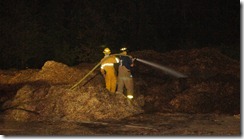
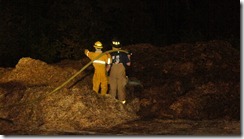
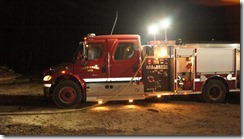
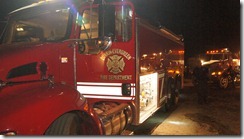
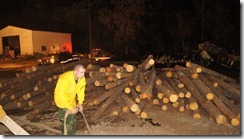
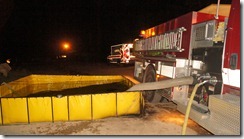
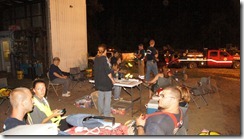
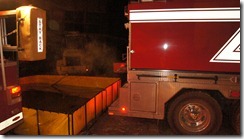




Comments are closed.